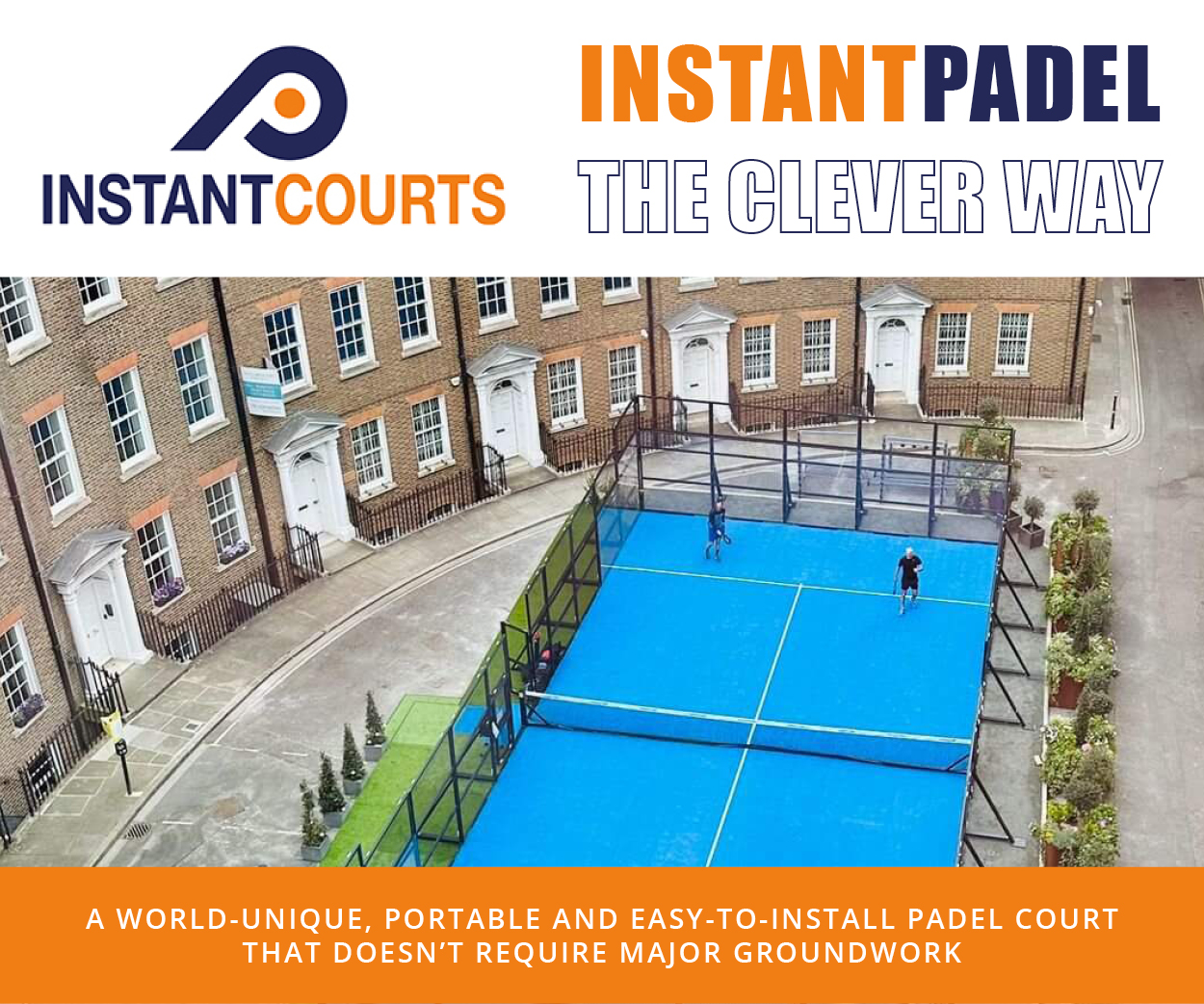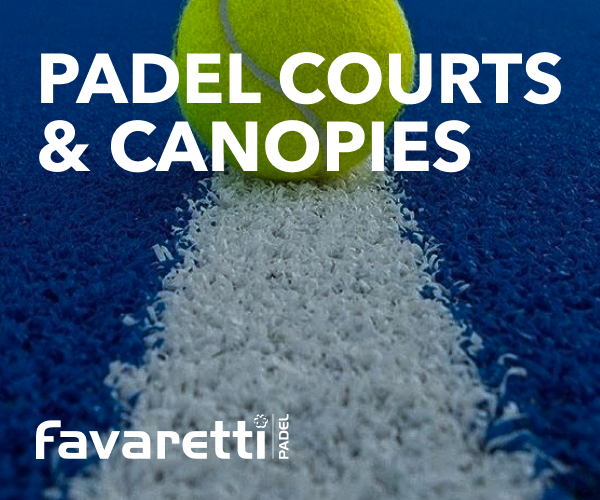
Nicky Horn is a GB seniors padel international and coach who works at Surge Padel in Harrogate and at Rawdon Lawn Tennis & Golf Club in Leeds. She tells us why it’s time padel rid itself of its ‘outdated’ tennis scoring format.
It’s coming up to the time of year when the British public is exposed to tennis every day for a fortnight on mainstream TV.
On an annual basis, as non-tennis playing families sit in their living rooms across the country watching Wimbledon, the same perplexed conversation takes place as the chair umpire announces the scores:
15-0 – “Why not 1-0? Bit weird”
30-0 – “Oh, I get it now”
40-0 – “What? Why not 45?”
Deuce – “Juice!? Is there another drinks break already?”
One-love (at start of a tie-break) – “Hang on, it’s a different system now. Why?”
The history of tennis scoring is murky, but we know the current system has existed since the Victorian era. Traditionalists love it for its charm and uniqueness, but what everyone involved in the game would surely agree on is that it makes absolutely no sense whatsoever.
It is a regret of mine, therefore, that when padel was invented in Mexico in the 1970s it slavishly copied the Medieval scoring system of tennis.
Padel had (and still has!) a chance to distinguish itself from tennis. It is a different sport and needs to market itself to people who are not from a racket sports background, particularly children.
I coach padel to young people and many older people at clubs across Yorkshire and the scoring is a total mystery to them.
The scoring from 15 to 40 is bad enough, but when we get to the tie-break it blows their minds!
Try explaining to a 10-year-old that when they serve first in a tie-break they get one serve, but then everybody else gets two. Then the second person, despite it being their first serve, serves from the left, not the right, then that you have to change sides after six points, and so it goes on….
Most of the time, when I’m coaching juniors, I’ll just take over the scoring when it goes to a tie-break. Sometimes, I just use squash scoring – simple 1-0, 2-0, 3-0 up to 15, everyone serves twice then swaps.
If anything, the system is even more complex in padel with sudden deuce, silver deuce and sometimes full deuce variously being used.
I also play and coach squash, and I wonder if squash’s scoring system of first to 11 or 15 over best of five games would work in padel? It would be intriguing to see how long a match would last in that format. Only with thorough testing and experimentation would we find out. I encourage it.
I accept that with so much tennis influence in padel (including the LTA and many other tennis national governing bodies annexing the sport), the chance of there being wholesale change in its global scoring system at this stage is probably nil.
I also accept that replicating the tennis scoring system might encourage tennis players to try out the game because it’s something they’re already comfortable and familiar with.
But in my opinion, padel’s adoption of this Medieval system is bizarre.
————————-
On a similar subject, I read with interest The Padel Paper editor’s recent blog suggesting that padel drop the second serve – and I must wade in to disagree.
At top level padel, I agree that serving is irrelevant. It’s just a method of getting a new point started and very rarely wins you points outright, so a second serve is a little superfluous (the same is true in pro squash).
But at recreational level, an attacking first serve can win you points. Aiming for glass one (i.e. the side wall) or down the middle forces a weak return which you can then attack at the net. That either wins the point outright or at least puts your opponents under pressure.
Most of the time, the serve comes back, but not necessarily in an attacking way. That means the serve is a very useful tactical tool and therefore two opportunities to serve is important.
We can really go for it with the first serve. It’s the only shot we have full control over – so it’s our chance to really attack and take control of the net. I think that option of really going for it with a first serve, then playing a safe second serve is key to the recreational game.










































Good afternoon, my opinion re scoring is that l am not particularly worried what system is used as ling as it doesn’t shorten the game. I am not a fan of golden point as that already shortens games that can be over and done in 2 very quick sets. I would also like to see the pros play 5 set games if golden point is here for keeps. Second service absolutely needs to be retained as an important part of the game.
Interestingly I have been watching the European Games(Euro Olympics) Padel event , and here they are not using the Golden Point! I am also no fan of the golden point- winning two points in a row, is a fairer way to decide a game!
FYI the original scoring in Acapulco was 21points with 5 serves each. Just like in ping pong at the time.
Nalle thank you for this – and how interesting – so pleased the 21 scoring was tried. And in the end it was decided that tennis scoring was the better option. I will just have to teach my non tennis players how to score as well as play!
The majority of recreational padel matches are played in a one hour slot but the Lawn Tennis scoring system (a legacy from a more leisurely age) can make it difficult to finish a two set match, let alone a three setter. This is very frustrating, hence the use of rule tweaks such as instant deuces and silver deuces to try to speed up matches.
A more padel-friendly solution is to continue scoring until the time runs out. This will work for a one hour slot, a two hour slot (for pro and higher level tournaments?) or even a half hour slot. As well as guaranteeing that every match has a result (there would be rules for deciding matches that were level at full time) it also ensures that the participants are playing competitively until the very end of the time slot. It works for football, rugby, etc., it’ll work for padel.
With this method tournaments will have a high degree of scheduling predictability which ought to please organisers, venues, sponsors, TV companies, audiences and competitors.
Completely agree with Nicky on the second serve. If pro level tournaments want to drop it that’s fine but most recreational players need it and it’s especially important for beginners who might be discouraged from playing if they can’t even start a rally. A second serve gives them another go while the memory of what went wrong with the first is still fresh in their mind.
Comments are closed.